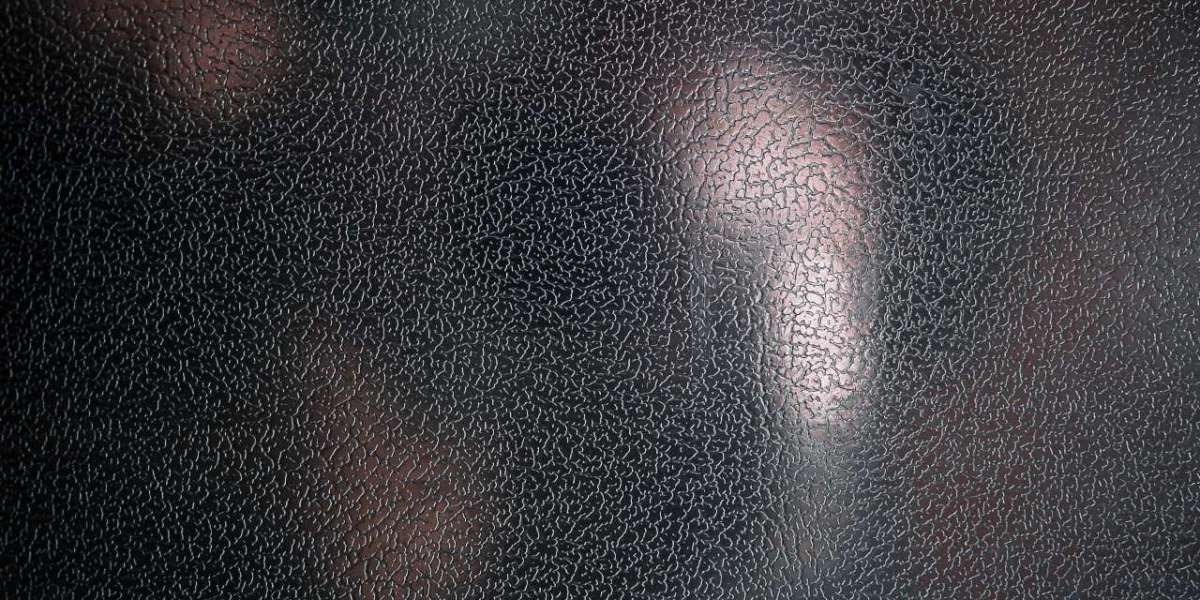In recent years, the concept of smart homes has gained significant traction, with homeowners embracing the convenience and efficiency that technology brings to their living spaces. From automated lighting systems to voice-controlled virtual assistants, the integration of artificial intelligence (AI) has revolutionized the way we interact with our homes. However, one area that often goes unnoticed is the role of AI in modernizing curtains and transforming them into smart windows.
Enhancing Comfort and Energy Efficiency
Traditional curtains have always played a crucial role in controlling the amount of light and heat that enters our homes. However, with the advent of AI, curtains can now be equipped with sensors and smart controls that automatically adjust their position based on external factors such as sunlight intensity and temperature. By leveraging AI algorithms, these smart curtains can optimize natural lighting and temperature regulation, enhancing both comfort and energy efficiency.
For example, during hot summer days, the AI-powered curtains can detect the intensity of sunlight and automatically close to block out excessive heat, reducing the need for air conditioning. Conversely, during colder months, the curtains can open to allow sunlight to warm up the room, reducing reliance on heating systems. This intelligent adaptation to external conditions not only creates a more comfortable living environment but also helps homeowners save on energy costs.
Personalized and Adaptive Ambiance
AI-powered curtains go beyond their functional role of light and temperature control. They can also contribute to creating personalized and adaptive ambiance within the home. By integrating with other smart devices and utilizing AI algorithms, curtains can synchronize with the overall mood and activities in the house.
Imagine hosting a movie night with friends. With the help of AI, your curtains can automatically close, creating a dark and immersive environment for the perfect cinematic experience. On the other hand, during a festive gathering, the curtains can be programmed to open partially, allowing natural light to complement the vibrant atmosphere. These dynamic adjustments not only enhance the overall ambiance but also eliminate the need for manual intervention, making the experience seamless and effortless.
Security and Privacy
AI-powered curtains can also play a significant role in enhancing security and privacy within smart homes. By integrating with security systems and utilizing AI algorithms, curtains can be programmed to simulate occupancy when homeowners are away, deterring potential intruders. They can open and close at specific times, giving the impression that someone is present in the house.
Furthermore, AI can enable curtains to intelligently adjust their opacity, providing privacy without compromising natural light. By analyzing external factors such as proximity to neighboring buildings or the time of day, the curtains can automatically adjust their transparency to maintain privacy while still allowing sufficient light to enter the room. This level of adaptability ensures that homeowners can enjoy both security and privacy without sacrificing the benefits of natural lighting.
The Future of Smart Windows
The integration of AI in curtains is just the beginning of the transformation of windows into intelligent and interactive elements of our homes. As technology continues to advance, we can expect to see even more innovative features and functionalities in smart windows.
For instance, researchers are exploring the use of transparent displays embedded within windows, allowing them to serve as interactive screens for information display, entertainment, or even virtual reality experiences. Additionally, advancements in AI algorithms and machine learning can enable windows to learn from user preferences and adapt their behavior accordingly, creating a truly personalized and intuitive experience.
In conclusion, the role of AI in modernizing curtains and transforming them into smart windows is a fascinating development in the realm of smart homes. From enhancing comfort and energy efficiency to creating personalized ambiance and improving security and privacy, AI-powered curtains have the potential to revolutionize the way we interact with our living spaces. As technology continues to evolve, we can look forward to a future where smart windows become an integral part of our homes, seamlessly integrating with our daily lives.








